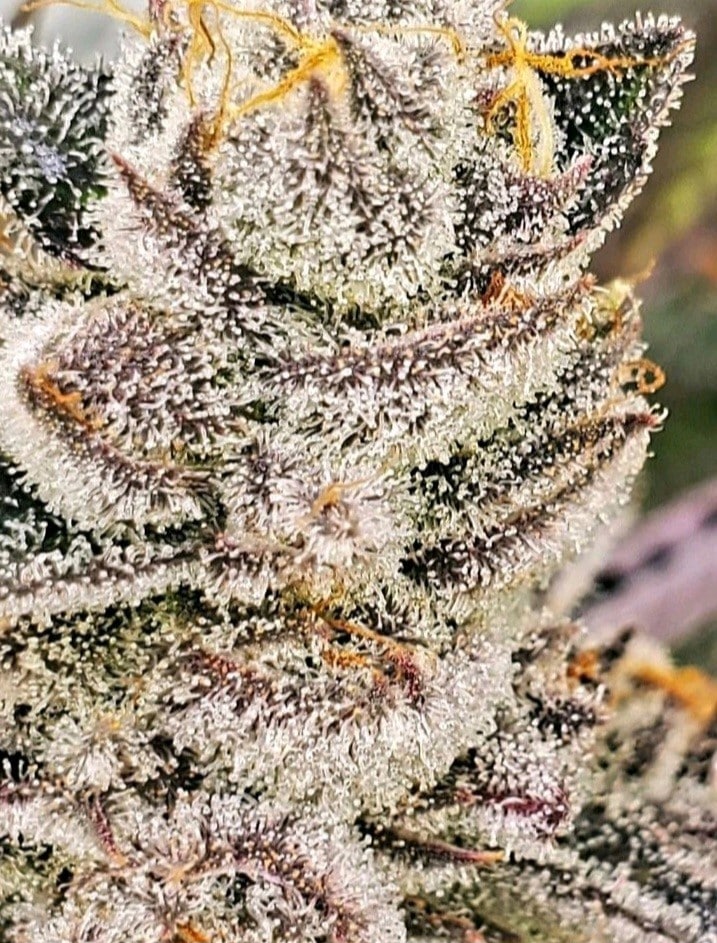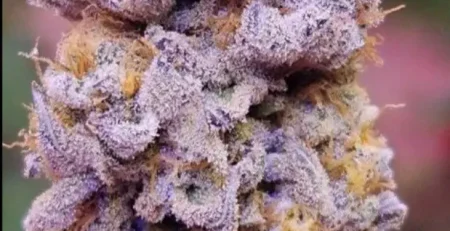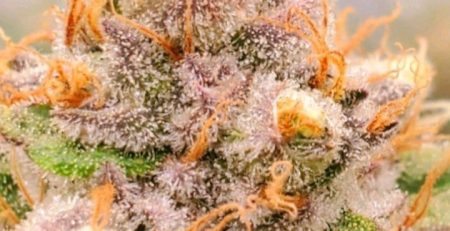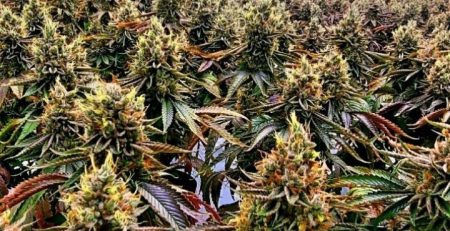Preserving the Essence: A Deep Dive into Trichomes, Terpenes, & Post-Harvest Strategies
Preserving the Essence: A Deep Dive into Trichomes, Terpenes, & Post-Harvest Strategies
The delicate trichome plays a pivotal role in preserving the plant’s secondary metabolites, cannabinoids, & terpenes. Surprisingly, some conventional farming & post-harvest practices may inadvertently jeopardize the very essence we aim to cultivate.
1️⃣ Trichome Vulnerability
The fragility of trichomes is exemplified when an insect alights on their cap, rupturing the bulb within. Similarly, trimming machines equipped with cylindrical tumbling systems can disrupt these precious structures, leading to the unintended release of terpenes.
2️⃣ The Dilemma: Intentional Destruction?
A thought-provoking question arises: are we, in our pursuit of mass production, unintentionally farming trichomes only to destroy them post-harvest? The answer lies in a delicate balance between cultivation efficiency & preserving the valuable compounds within.
3️⃣ Humidity as a Guardian
Maintaining humidity levels between 55% and 65% relative humidity (rH) emerges as a crucial factor in shielding terpenes from evaporation during various post-harvest stages. This range ensures the preservation of the monolayer moisture content crucial for terpene protection.
4️⃣ Consequences of Neglecting Terpene Preservation
Failure to uphold optimal humidity levels can result in a cascade of negative outcomes, including decreased cannabinoid content, weakened medicinal properties, lower therapeutic effects, reduced product quality, & diminished economic returns.
Strategies for Terpene Maximization:
To maximize terpene protection in trichomes, adopt a holistic approach:
1️⃣ Slow hang dry (10-14 days): Promotes gradual drying, preserving terpenes.
2️⃣ Hand Trim: Minimizes the risk of damaging trichomes during the trimming process.
3️⃣ Cure (21-60 days): Allows for further terpene development and preservation.
4️⃣ Low-level light intensities: Mitigates terpene degradation due to light exposure.
5️⃣ 55%-65% rH: Optimal humidity for monolayer preservation.
6️⃣ Careful handling: Minimizes physical damage to trichomes.
Economic Landscape:
In the context of Canada’s legal cannabis market, where the sale of dried flowers reached a staggering $2.8 billion in 2021-2022, understanding & implementing these preservation strategies becomes paramount for cultivators seeking quality & economic success.
Terpene Diversity & Patient Preference:
High trichome densities may not always correlate with ultra-high THC levels. However, certain cannabis species boast unique terpene profiles that are favorably rated for patient treatments, emphasizing the importance of a balanced approach to cannabinoid & terpene content.
The meticulous care & preservation of trichomes stand at the heart of maintaining the integrity & therapeutic value of cannabis products.
Cultivators can ensure that their efforts result in not just quantity but quality, aligning with the preferences & well-being of the end consumer.












Leave a Reply